Russia Sends Largest Naval Armada Of Syrian War Amidst New Chemical Attack Warnings
25
August, 2018
We
observed previously after John Bolton's threat late this week of
"greater military force" should chemical weapons
allegations emerge against Damascus, that a familiar pattern has
long been in play on Syria: just when it appears the jihadists are on
the brink of final defeat, and as stability is returning after seven
years of grinding war, something
happens to bring things right back to the brink of global crisis and
escalation.
Russia
has built up its forces around the Mediterranean Sea in
response to reports that the U.S., France, and Great Britain could be
preparing to attack Syria after US National Security Advisor John
Bolton informed Russia that America
is prepared to respond with greater military force than it
has used against Assad’s regime in the past,
according to Bloomberg.
According
to Yoruk Isik of the Bosphorus
Observer, the
Russian Navy has sent another armada of ships towards Syria’s
territorial waters in order to increase the strength of their forces
around the country.
Isik
said that the powerful Russian warships, Admiral Grigorovich and
Admiral Essen class frigate, were spotted transiting the Bosphorus
Strait en route to the Port of Tartous.
This
latest move by the Russian Navy comes just
24 hours after they sent three ships en route to the Port of Tartous
in western Syria.
The
Turkish coast guard monitored the frigates as they passed through the
Bosporus toward the Mediterranean, reportedly en route to Russia's
only major deep-water port in the region along the Syrian coast.
With
the Syrian Arab Army (SAA) preparing to launch a large-scale
offensive in northwest Syria, Russia fears that the jihadist rebels
may fake a chemical weapons attack in order to get the U.S. and its
allies to attack the government.
Ships
are also being deployed as Syrian and Russian forces prepare for
what's expected to be the
final push to liberate all of Idlib province, which
Russian forces are expected to play a central role in executing.
Currently,
the following Russian military vessels are stationed in the
Mediterranean near the Syrian coast according
to Naval military observers:
- CG Marshal Ustinov
- DDG Severomorsk
- DDG Yaroslav Mudryy
- FFG Admiral Grigorovich
- FFG Admiral Essen
- FFL Pytlivyy
- FSG Vyshniy Volochek
- FSG Grad Sviyazhsk
- FSG Velikiy Ustyug
- LST Orsk
- LST Nikolay Fil'chenkov
- MS Turbinist
- MS Valentin Pikul
- SS Kolpino
- SS Velikiy Novgorod
Those
listed are featured in the following:

Per @Capt_Navy
Meanwhile,
in reference to reports that Washington could be preparing another
round of attacks, the Russian MoD pointed
out on Saturday that "the
US Navy’s destroyer Sullivans with 56 cruise missiles on its board
arrived in the Persian Gulf several days ago while a B-1B strategic
bomber of the US Air Force armed with AGM-158 JASSM air-to-surface
missiles was redeployed to the Al Udeid air base in Qatar," according
to TASS.
The
long-running US and Russian proxy war in Syria has been largely
forgotten of late, but suddenly snapped back into international
headlines with John Bolton's warning Assad and Russia this week that
Washington will respond with "greater military force"
should claims of a Syrian government chemical attack emerge in Idlib.
In
response, Russia subsequently warned of a staged "chemical
provocation" coming and it appears a war of words is yet again
ratcheting up over Syria, which has the very real potential of
turning into an actual war.
It
fits a familiar pattern on Syria since Russian intervention at the
invitation of President Bashar al-Assad in 2015: just when it appears
the jihadists are on the brink of final defeat, and as stability is
returning after seven years of grinding war, something happens to
bring things right back to the brink of global crisis and escalation.
And
now, a senior Russian lawmaker in the Federal Assembly (Duma) has
called on his government to draw its own "red lines" while
suggesting the use of tactical nuclear weapons against United States
forces in Syria. ….




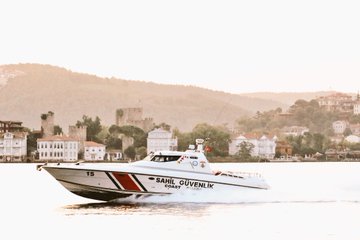
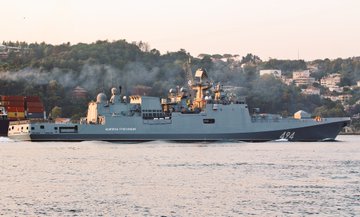
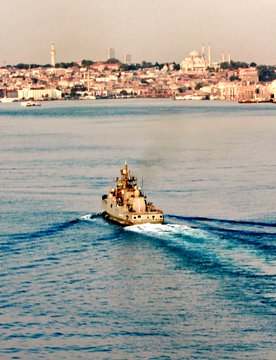
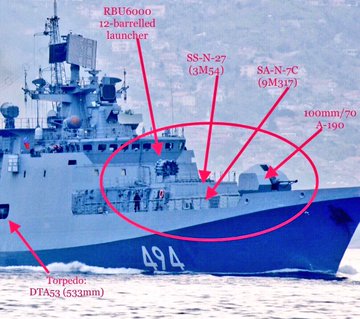
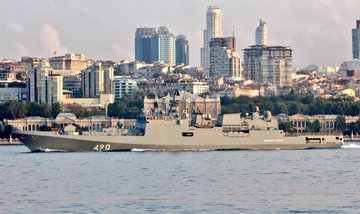
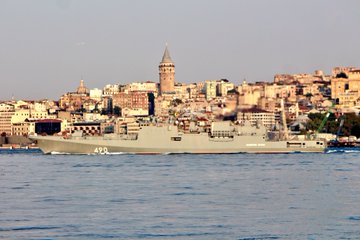
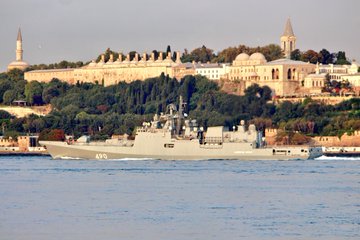
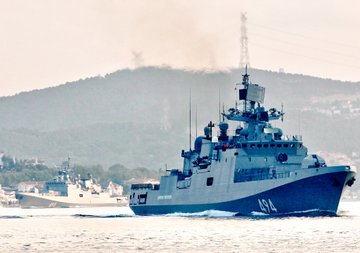

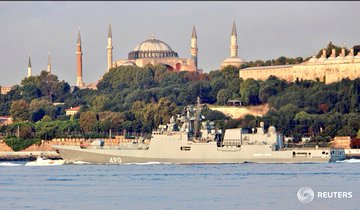
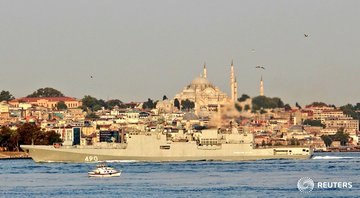

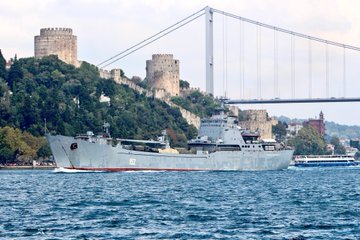
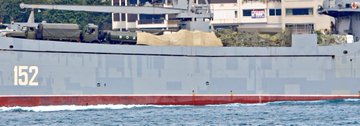
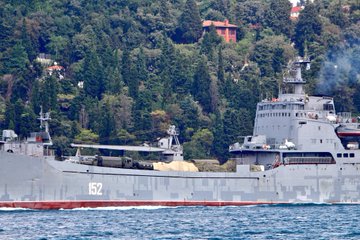

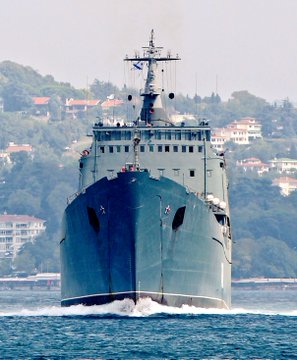
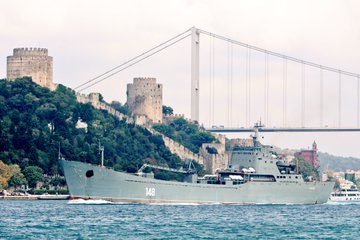
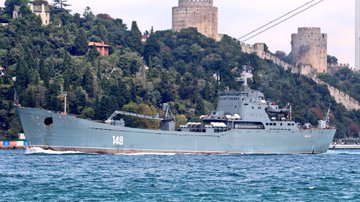
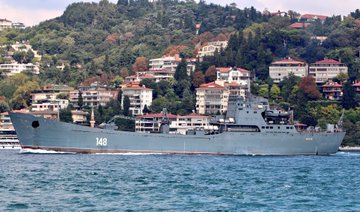

No comments:
Post a Comment
Note: only a member of this blog may post a comment.